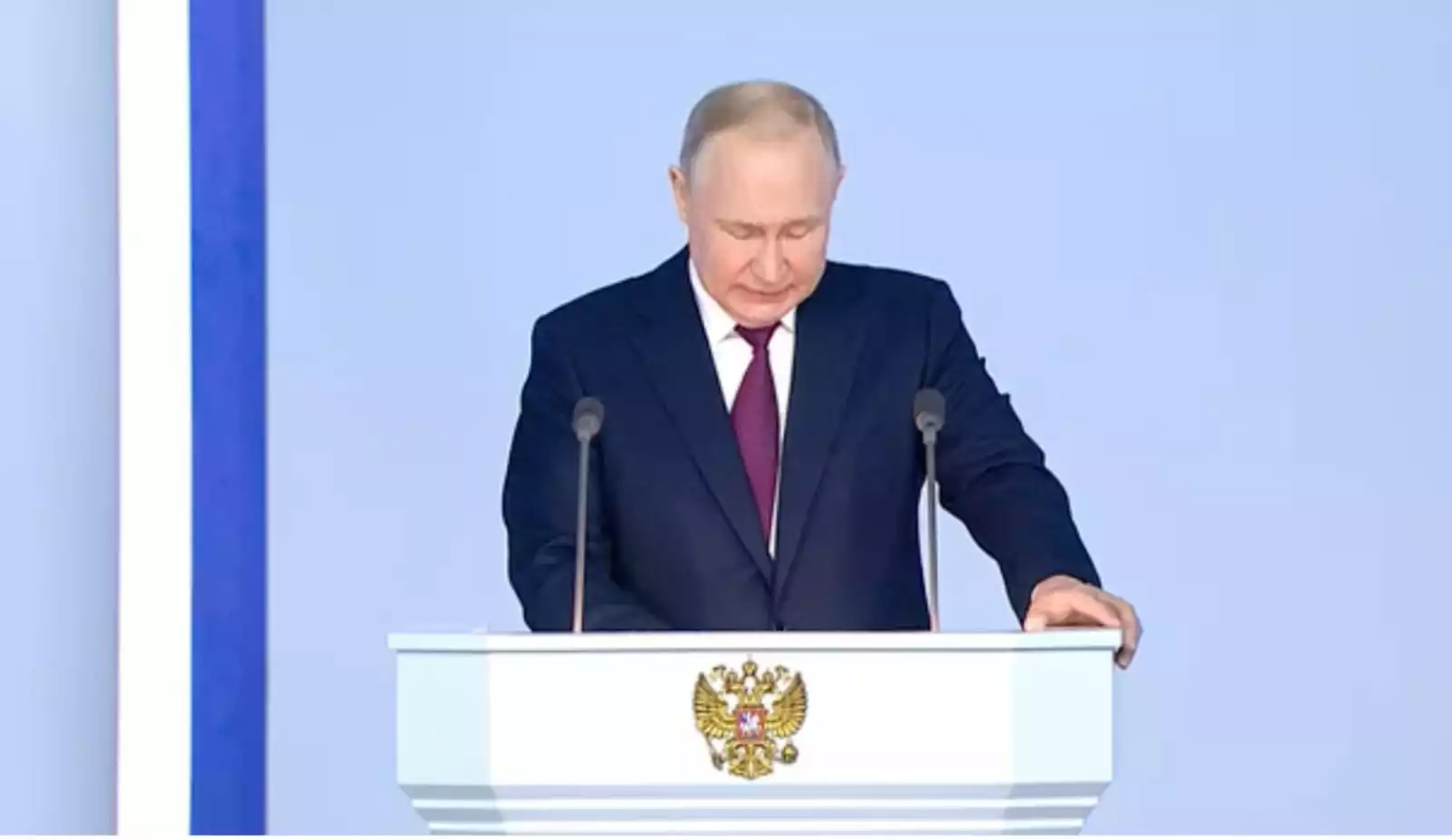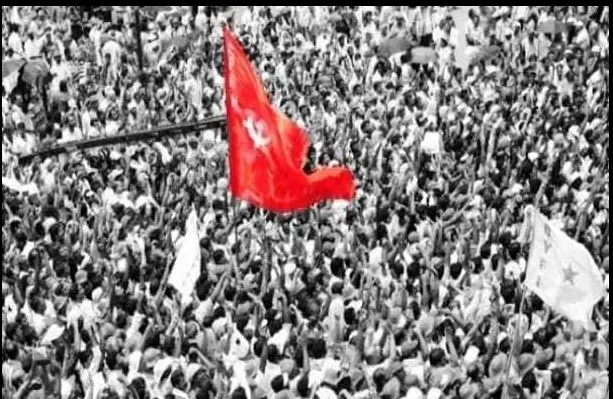It was Vladimir Lenin who stated that he preferred to play the game of chess as “as it was more useful to leaders”, and I would say that playing chess is more useful to military leaders and military theorists than playing the energetic but less profound game of Checkers. In the battle for Ukraine, there is both a direct and subtle friction of war played out by both adversaries. There is the propaganda war and then there are the continual forays and confrontational trench warfare that are reminiscent of World War I. However, there are also the strategic operations that are closer to the early days and months of the Great Patriotic War, except in this instance the Russian military forces are a modern army fighting with modern weaponry and political values that are not those of the Soviet ethos or political system. On the other hand, the Ukrainian state is a regime of neo-liberal and neo-fascist ideolog which has the backing of Western European powers who are in historical decline as well as the backing of the United States. The political implosion of the United States is taking place at a more rapid rate which is being signaled by numerous and increasing mass killings among young children and adults, increasing suicides within the military and in the civilian population, along with U.S. banks’ failure and collapse, and the economic disparity between the wealthy and the working class that is bringing about a bitter and intense class warfare within the country. Additionally, there is an insidious rise in fascism among the far-right population within the United States. The fascism is also prevalent among the neo liberal Americans with their mask of politically correct behavior and their self-righteous hypocrisy. They do not tolerate serious intellectual dissent that questions their political or racial bigotry. For instance, they are bigoted toward Russian culture and demean it at every opportunity. These factors of both military sides must be considered, not as a Checker move from one square to another, but as an observation both in the strategic and tactical sense like a grand chess master viewing the overall picture of the entire theatre of war. Checkers is a simpler game, more for children, and America is still a child with its arrogance and temper tantrums. There is no finesse in America’s game of Checkers. While conversely, Russian military movements of its troops may begin awkwardly and cumbersomely, in the end, they are decisive due to deep military analysis as if one were a grand chess master.
Each war is unique in its narrative. The hidden valleys, mountainous regions and vast open terrain invites a detailed study for each stage of operation without always making parallels to past wars. Thus, although I may allude to World War I and World War II, those conflicts cannot be a prism through which to understand the war in the Ukraine or even to predict the outcome. Journalist Eliot A. Cohen, seemingly acting the part of a military theorist, wrote in his Atlantic piece “Although the Ukrainians do not have the capacity to coordinate and maneuver the way the United States Army does, they are a lot better than the Russians. The defeat of Russian forces outside Kyiv, Kharkiv, and Kherson reveals as much.”

The bombastic openness of the United States regarding the military equipment being sent to the Ukraine reminds me of obscene checker players drunk on cheap beer bragging about how their next move on the gameboard will be the decisive move. The game of Checkers must be acknowledged as a strategy game that is less violent than chess but more bellicose in the opponents behavior as the game is one of "draughts" which is derived from the verb "to draw" or "to move". In chess, it is not so much a game of draws or the movement of individual pieces as it is a game that requires a deep and keen understanding of strategy. The Americans and their allies, including the military leadership of the Ukrainian army and the Ukrainian Armed Forces, are inclined to think impulsively and emotionally in the way they move their military forces on the battlefield in the Ukraine. One blood-trenched example is Artyomovsk (known by the Ukrainian and American armed forces and their propaganda media as Bakmut) in which the Ukrainian forces are now entrapped by a slow, but well-coordinated and methodically tactical move of the various Russian military forces on the battlefield there. Whereas the Russian military leadership at times feigns chaos or disruption of their battle positions or movements, one must understand that they act by the art of Maskirovka, that is intentionally deception. Ukrainian and American military strategists act out their movements very vocally through their national media and through their naïve signaling of their tactical military maneuvers or in their bellicose announcements of a major counter-attack. This was done, for instance, towards Crimea in order to offset the tactical procedures of the Russian forces at the administrative center of Bakhmut Raion in Donetsk Oblas, which even a school boy who is interested in military history knows--He who controls Artyomovsk controls the major road access to Western Ukraine. Thus, the move to hold Bakmut, as the Ukrainian armed forces and their high-strung regime president call the city, is not simply a matter of capturing or defending a city by ‘jumping’ over it with entrenched defending forces, and then continuing diagonally in a blitzkrieg move towards Crimea. That is a game for children. The art of war requires a far more scientific and thorough analysis before going about the business of destroying one’s opponent. In war as in the genius of chess, there are no fixed rules of law as to how to act decisively against an opponent, but there are the creative principles of war that go beyond the less profound moves of a game of Checkers. One of those principles of war is the seeking of truth in relation to the conduct of war itself. It is military strategists and theorists who are involved with this task. As Clausewitz wrote about the more intrinsic strategy of war “It is not a field of stalks, which with a better or worse scythe is better or worse mown without regard to the shape of the single stalks, but it consists of the great trees to which the axe must be laid with judgment, according to the particular nature and inclination of each separate trunk”. Every pawn on the chess board, like the other pieces on the board of war are equal to the Queen, who represents the state and its people who are the endless vast forest which for better or for worse are mown down or their opponent forest is mown down and entirely decimated.






